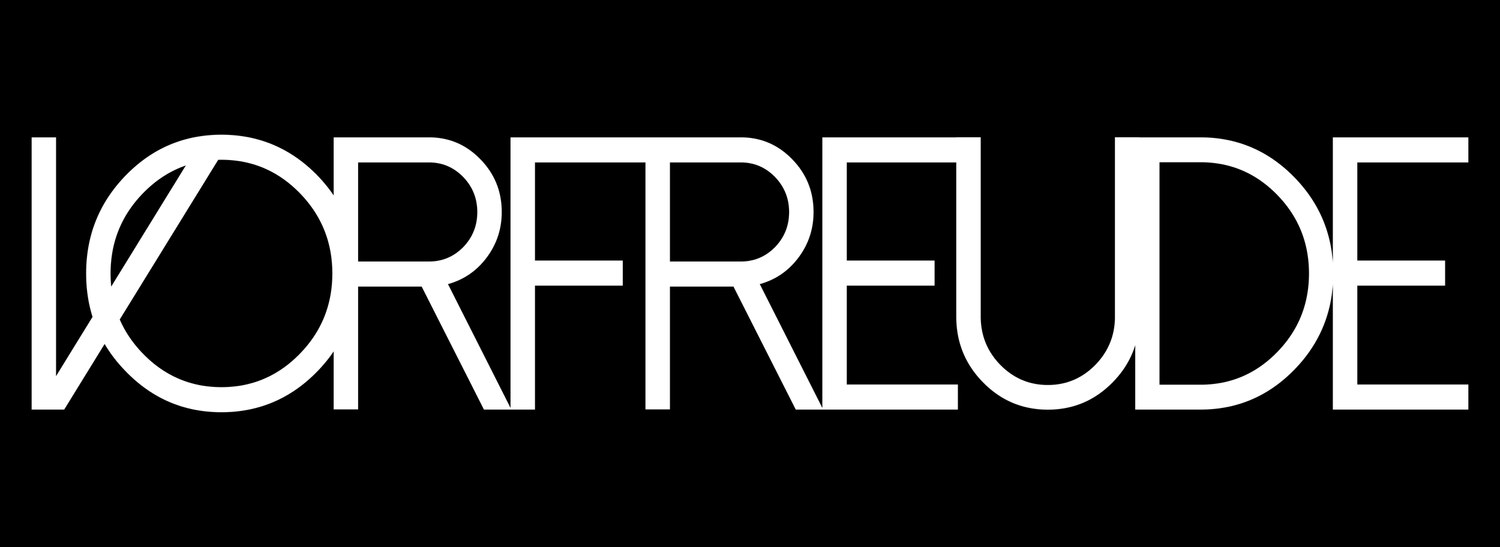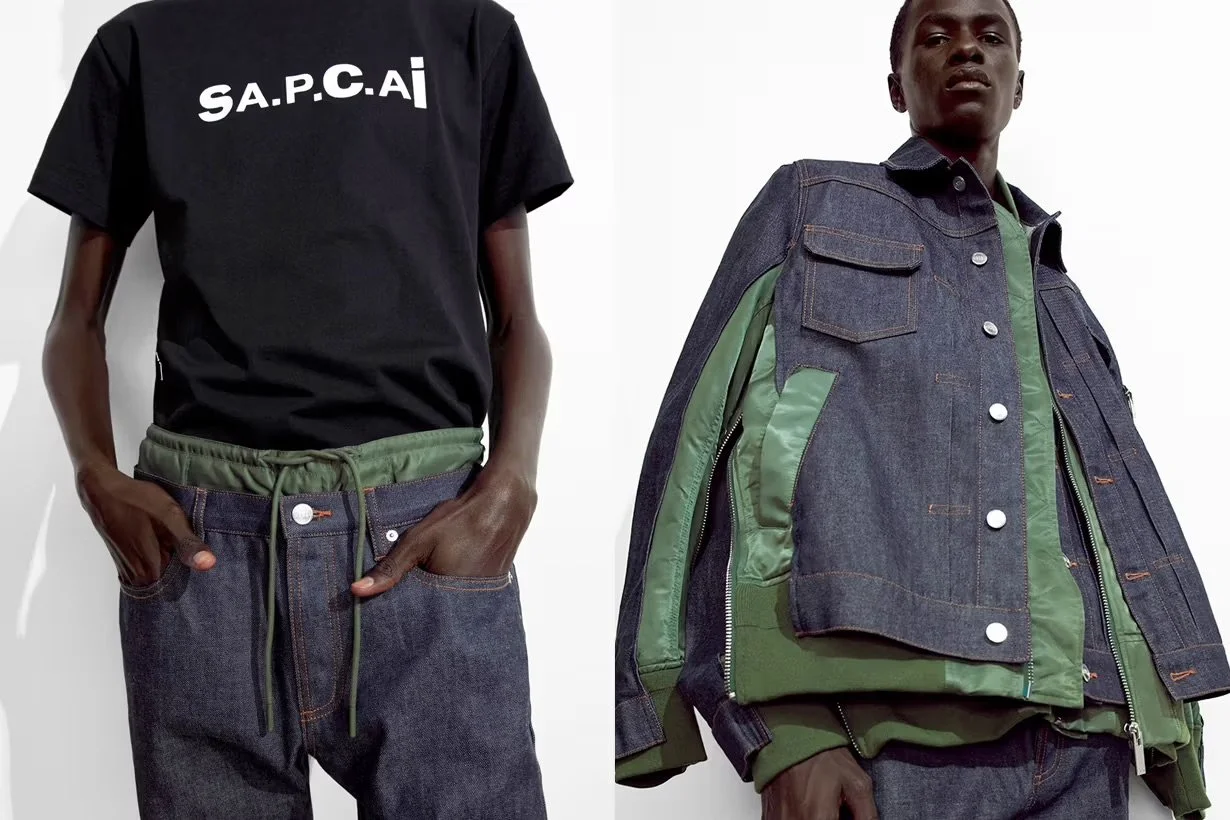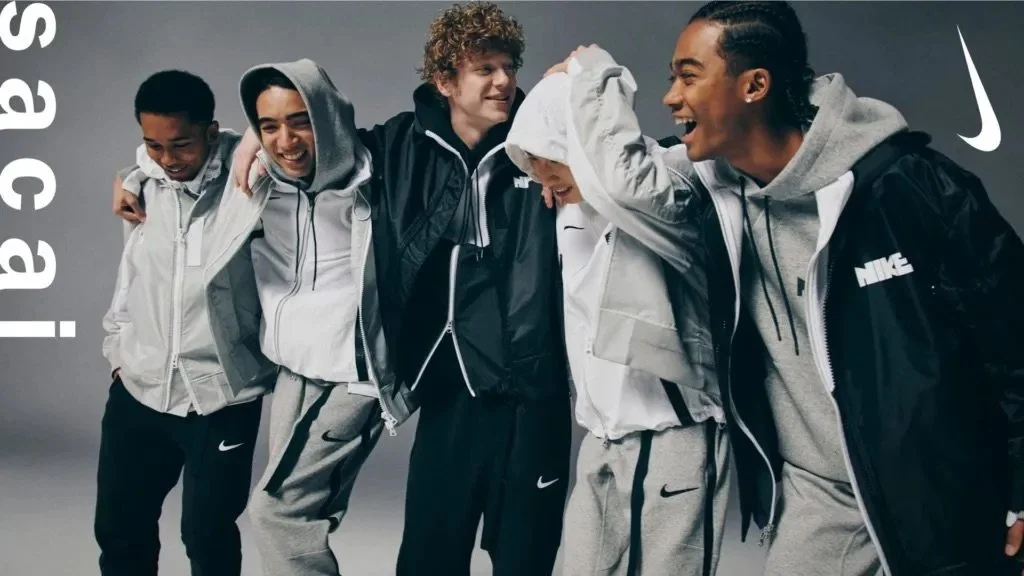Is Sacai Collaborating Too Much? A Look at a Brand's Identity in Modern Fashion
Sacai, founded by Chitose Abe in 1999, is one of the most influential modern Japanese fashion brands on the runway. Abe started her career as a pattern cutter at Comme Des Garçons, eventually working in design under Junya Watanabe before launching Sacai. Since then, Sacai has taken over the fashion world, twisting the arm of both avant-garde and wearable clothing, providing a modern take on the long-standing Japanese style. Sacai’s runway shows have become highly anticipated events in the fashion calendar. Each collection presents a unique narrative, often challenging conventional norms and exploring the duality of structure and fluidity. Abe's expertise in layering and hybridization is evident in Sacai's collections, where she merges utility with elegance, producing functional and poetic garments. Chitose’s work over the years has resonated with a global audience, establishing Sacai as a trailblazer in contemporary fashion.
One constant in Abe’s work is her knack for collaboration. First, in 2009, Sacai collaborated with the personal care label Shiseido and, since then, has collaborated with 21 brands, including Dior and Apple. The brand’s outreach has no limits, but is this a good thing? A brand’s identity primarily lies in the product it produces. However, over time, if a brand is most known for its product in collaboration with someone else, can it lose its identity? To understand Sacai’s identity, it is important to examine the brand's collaborative history within the context of the modern fashion landscape. Sacai’s first memorable collaboration began with the Japanese brand SOPHNET in 2013. In 2015, Sacai took a massive step forward with a Nike collaboration. Two years later, the brand collaborated with North Face, Moncler Genius, and Apple in the same year. Since then, Sacai has created over 15 new collaborations with different respective brands. The Sacai known today is entirely different from pre-2017, where in 2024, the label seems stuck in a continuous cycle of collaboration.
In some ways, these collaborations are a testament to Abe’s ingenuity. Looking at all fifteen-plus collaborations, Hender Scheme and Dr. Woo are unique and go beyond the scope of slapping a logo onto a silhouette. Japanese leather and home decor brand Hender Scheme joined forces with Abe to create boots for her runway show and later released a capsule collection tied to both brands. Tattoo artist Dr. Woo and Sacai created a tasteful capsule collection, bridging the drapes of Sacai and the Ink of Dr. Woo. That said, two out of fifteen is thirteen percent, a beyond-failing grade. The rest emulate what is inherently wrong with collaboration—slapping logos on silhouettes that lean neither one way nor another on the spectrum of collaboration. Of course, this is harsh; Sacai x Acronym and some of Abe’s Nike work had a strong vision. But buying an Acronym x Sacai jacket would be worth it because it is Sacai x Acronym, and that’s it. The pieces made have few visible changes to a standard Errolson Hugh collection. With Nike, the designs were a breath of fresh air the first time they were released; now, in 2024, the twenty-something Sacai x Nike colorway/silhouette feels like somewhat of a cop-out.
What is most confusing is the way Abe describes Sacai; in a 2021 interview with Juicestore, Abe states, “We both try to break the norm, and we both [Sacai and Clot] have an identity in our clothes which stands out, and [which doesn’t] rely on logos.” Giving her the benefit of the doubt, it’s true that almost none of Sacai’s runway clothing has mass branding printed all over it like other prominent fashion houses. But the identity she speaks of might be a thing of the past. The biggest slap in the face of the brand's identity was its SS24 collection with an American staple, Carhartt. Abe killed it with some breathtaking pieces, but the other half were silhouettes with logos. The two brands coming together to make a capsule collection would have been golden; however, the entire runway collection being ‘Sacai x Carhartt’ resembles the hyper-capitalistic new age of fashion from a brand that once was an ambassador of the opposite.
So, what’s next for Sacai? Has the brand ballooned to a point in which directional change is impossible? Or is the new Sacai just a product of modern fashion’s infatuation with collaboration? The answer to all of these questions, in short, is time will tell. What Abe decides to do with the brand is unpredictable, but with how well Sacai is doing, a change would be surprising. In the end, why fix something that isn’t broken? While Sacai may not produce the same level of design and composition as they did almost a decade ago, that can be said for many other successful fashion houses. Sacai is not alone in the metaphorical war against modern fashion trends; it just happens to be one of the brands losing the hardest.




